Mohair is one of those terms that few people know, yet it will put a smile on the face of every men’s clothing aficionado. But what exactly is it that makes Mohair so special? In today’s guide, we’ll answer this question as well as share this remarkable fabric’s history and characteristics.
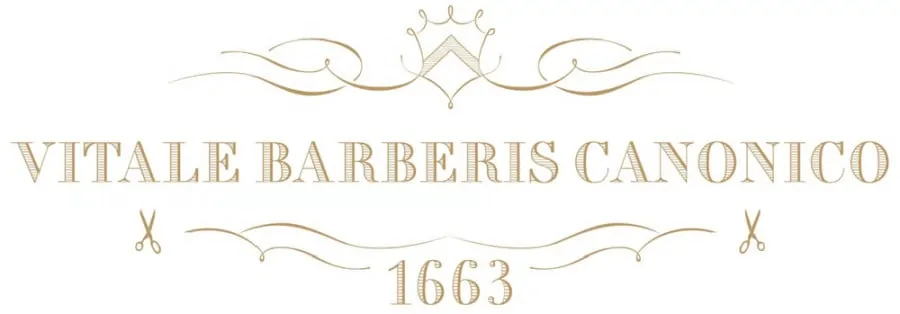
This guide is brought to you by Vitale Barberis Canonico, the weaver of the best quality mohair fabrics in the world.
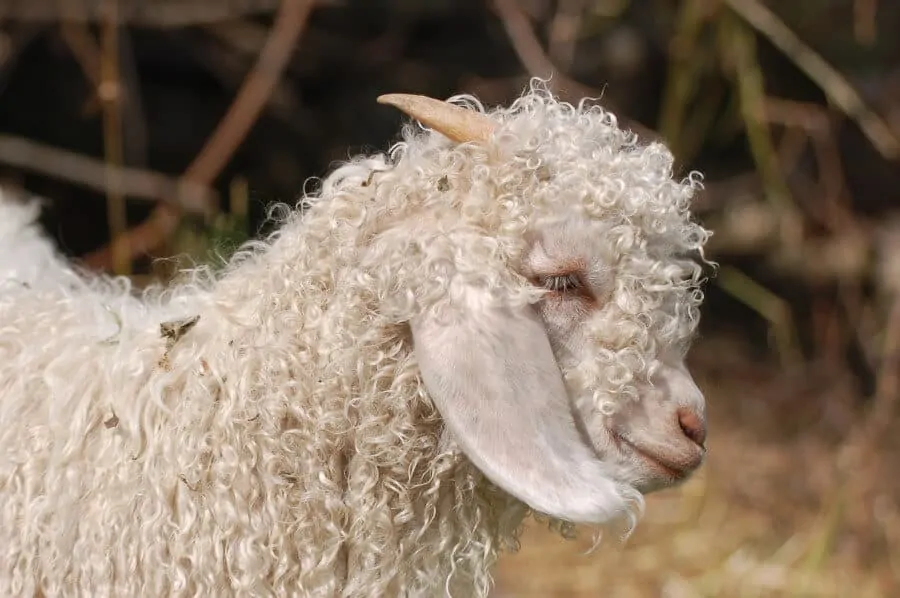
What is Mohair?
“Mohair” refers to the fibre, yarn and fabric made of the hair of the Angora goat, which is not to be confused with the Angora rabbit. The goat is named after the Turkish capital of Ankara, which was historically known as Angora.
Traditionally, the Mohair goat had a white fleece but due to breeding it can now be found naturally in black, grey, red and brownish colors. With its curly, long hair the Angora goat is often mistaken for sheep, yet the two are not directly related.
The Mohair fibre is white, lustrous, resilient, wavy and up to 25 cm / 10 inches long. The main producers of Mohair today can be found in South Africa, Turkey Argentina, U.S., New Zealand and Australia, with the best quality mohair coming from South Africa. Because the animal grows so quickly, proper nutrition is essential to obtain a quality fibre. The yarn is exceptionally difficult to spin,because the fleece lacks barbs that hold the strands to another. As such, only a few mills have mastered the art of Mohair.
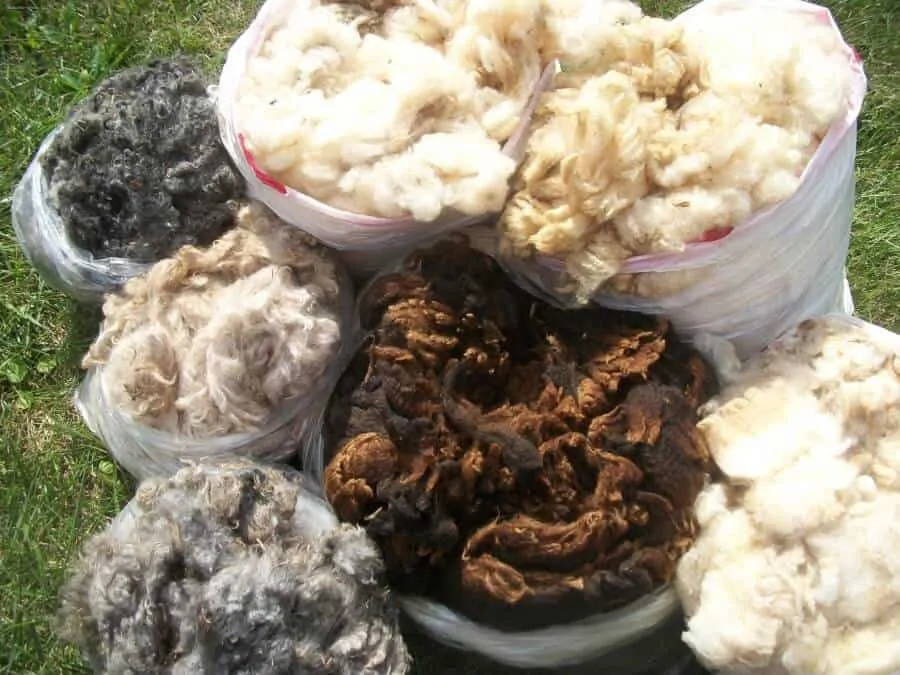
Use of Mohair
Mohair can be used for clothing, such as hats, ties, and garment fabric, as well as for interior decorating. It’s hard not to love the crisp feel and magnificent luster of mohair in upholstered furniture. Unfortunately, it is a very expensive fabric, and hence only used by connoisseurs nowadays. At the same time, it is extremely durable, which proves the old saying:” Quality has its price.”
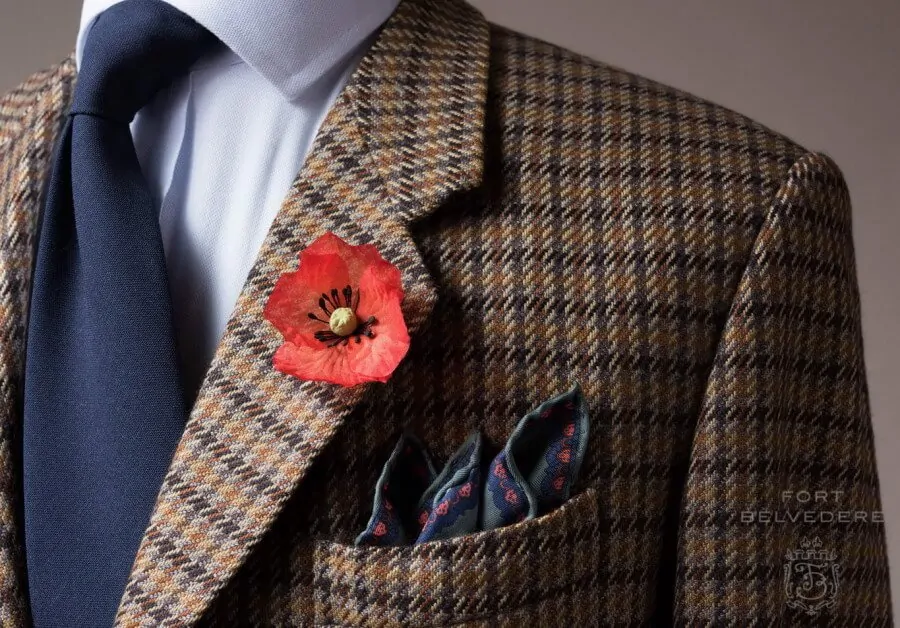
You can get that same lustre on suitings, which is why Mohair is a favorite for evening garments. It can be woven into a relatively lightweight fabric, yet it maintains superb crease resistance. As such, it is also popular as a summer fabric. It is nearly impossible to get a mohair fabric to wrinkle!
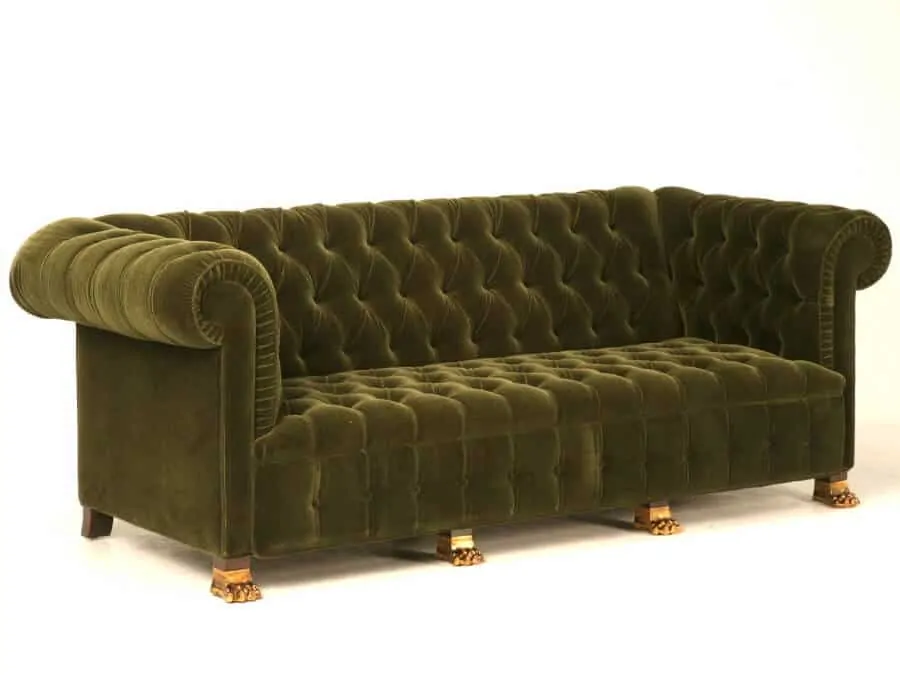
Why Mohair?
There are many reasons to appreciate the remarkable characteristics of mohair:
- Durability. Mohair is second to none regarding the hierarchy of natural fibre durability, and hence a mohair garment will always outlast your cotton, wool, and cashmere garments. Perfect for business suits or travellers.
- Resistance to dirt and creasing. The smooth scales of the mohair fibre stop dirt from becoming trapped and the fabric from becoming creased. Both wool and mohair fibres also benefit from having natural stretch properties.
- Insulating. Mohair is an insulator; wool is a conductor. Together, they produce the perfect fabric for both warmer and cooler climates.
- Lustre. Depending on the finishing and blend, Mohair can have a strong or a subdued lustre, which is appreciated by fabric connoisseurs.
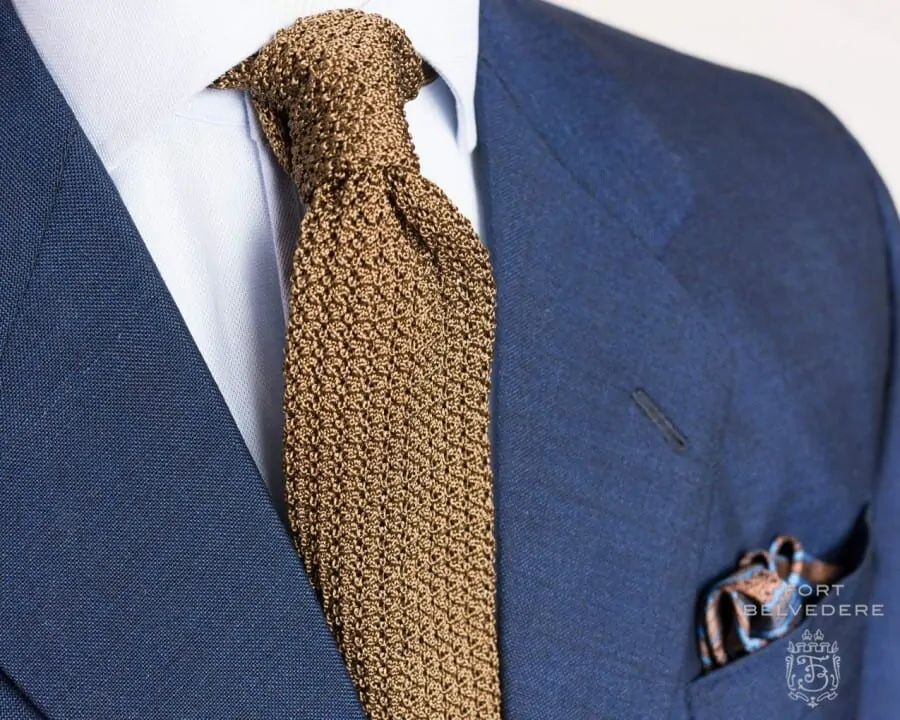
Wool & Mohair
Unlike cashmere, Mohair has a much coarser and crisp hand, which is why you will never find a 100% mohair suiting fabric; it would be extremely uncomfortable to wear and very pricey. In order to get the sparkly lustre and wrinkle resistance of the mohair with a softer feel, Mohair is often blended with wool.
Tonik
Although Mohair fabrics have been in use for over a century, it first gained brand recognition in 1957/1958 when the Tonik cloth was introduced and subsequently trademarked. It was a 3-ply mohair wool blend that had a changeant effect, which became popular with the mod movement. Of course, Mohair cloth was very expensive back then, and soon you would find other similar looking fabrics blended with polyester and marketed as Tonik that appealed to the same group of people.
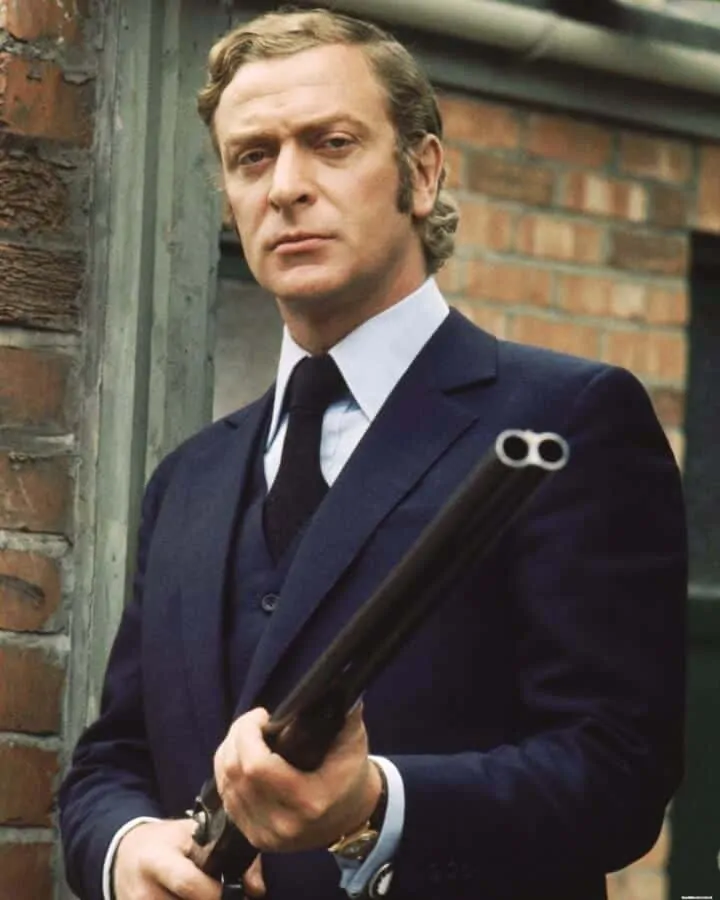
In 1966, the movie Alfie catapulted Mohair to unprecedented fame when actor Michael Caine (starring as Alfie) proclaimed: “I was wearing a navy-blue suit, in a material called Tonik, made by Dormeuil, and I didn’t want it spoiling. I don’t care whether a bird uses Max Factor Mattfilm or Outdoor Girl from Woolworth’s, if she starts purring up against your lapel, it won’t look the better for it.” The novel, which the movie was based on had already been written in 1963 by Bill Naughton, and so it shows you what fame this Mohair fabric gained within just a few years. Michael Caine continued to be an ambassador of the three-piece Mohair suit in the 1971 film, Get Carter.
By the 1980’s, the fabric had gotten increasingly more expensive before it disappeared.
Today, the authentic Tonik fabric is no longer available because it was a scratchy, uncomfortable cloth, but bespoke aficionados and Mods will still know what it is all about.
James Bond Wears Mohair
James Bond is a huge fan of Mohair and regardless if you like Sean Connery, Pierce Brosnan or Daniel Craig, they all wear Mohair suits or tuxedos.
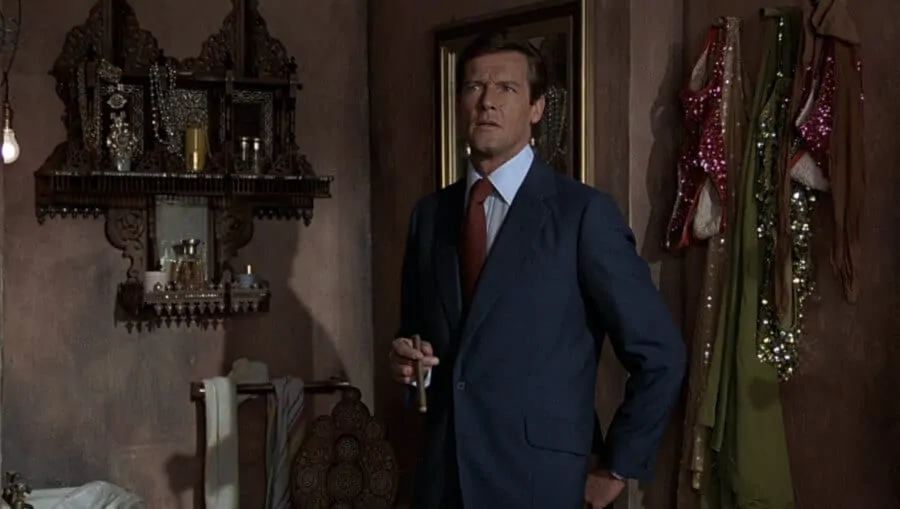
Different Qualities of Mohair
Quality suits are always made of 100% natural fibres, but not all mohair fabrics are created equal. Fabrics come in different blends.
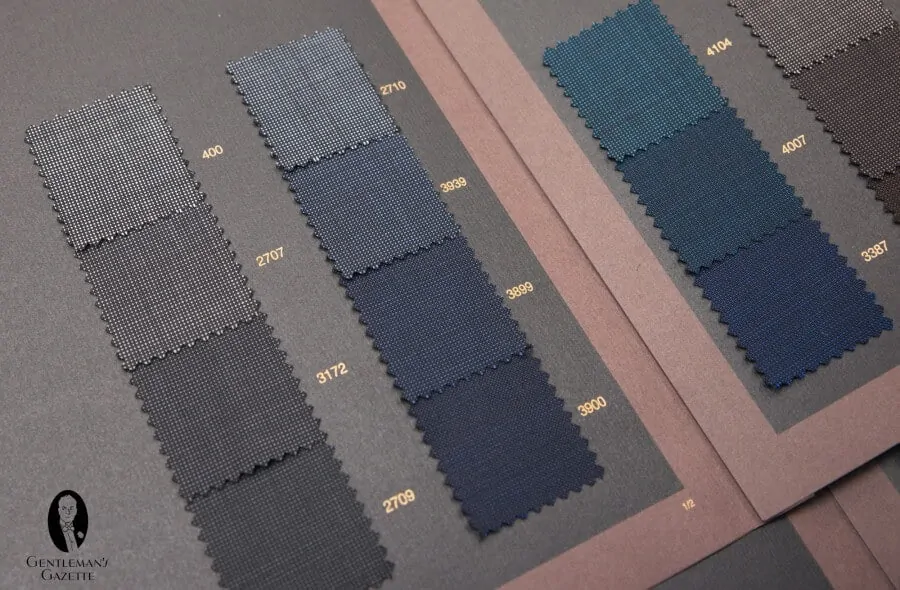
Blend Ratios
100% Mohair: Very rare and extremely course, an all-Mohair fabric is only something for hardcore fans of the material, and even then it will be tough on your skin. Not recommended.
70% Mohair/30% Wool: This blend is very difficult to find, and while it has a vivid shine, it is still uncomfortably stiff and not something I would recommend.
60% Mohair/40% Wool: This blend is still very coarse and likewise not something I recommend unless you love a crisp fabric on your skin. Usually, they are rather heavy and run at about 360- 390 grams / 13oz. Lighter fabrics in 260 grams are available.
35% Mohair/65% Wool: Fabrics with this blend ratio or less Mohair tend to be softer and gentler than the ones above, yet they retain a certain lustre and they don’t wrinkle easily. Most weights are around 240- 300 grams. These are excellent mohair fabrics and are recommended.
14% Mohair 86% Wool: The most luxurious mohair options available are blended in this ratio and often the weight does not exceed 230 grams. Even at this weight, the cloth tailors and drapes beautifully.
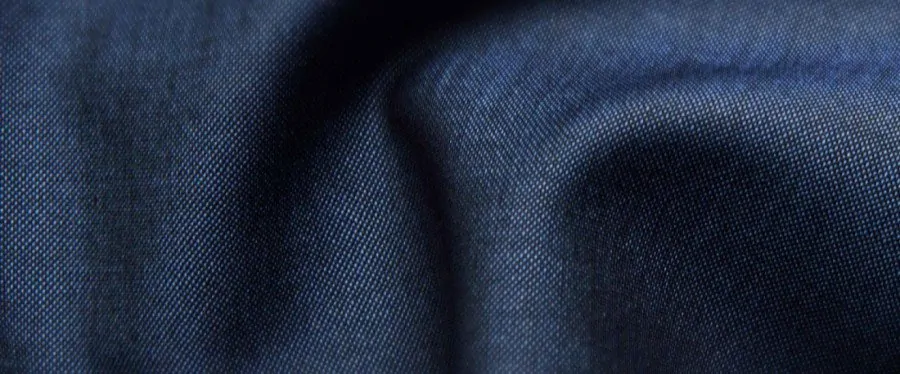
Mohair Grading & The Best Mohair in the World
Traditionally, Mohair came in two qualities: Mohair and Kid Mohair. The latter is obtained from a younger goat that delivers a finer, less coarse Mohair fibre but makes it more costly.
The best quality is the so-called ‘Summer Kid Mohair’, which uses the softest fibres from the very first shearing of a mohair goat. All subsequent shearings yield coarser and hence less desirable fibres. For years, Vitale Barberis Canonico has been buying the very best mohair fabrics on the world market but since that was not enough for them, they took it a step further. In 2006, they developed a particular procurement system which enables VBC to select and purchase only the very best mohair fleece in the world.
This process involves physical inspection and estimation of parameters such as fineness, yield, length and strength, which requires a great deal of experience among their staff. In 2014, Vitale Barberis Canonico paid the highest price ever for a bale of 24-micron kid mohair at R632 (South African Rand) per kg.
Because of this dedication to quality, Vitale Barberis Canonico is renowned for their top notch mohair blend fabrics.
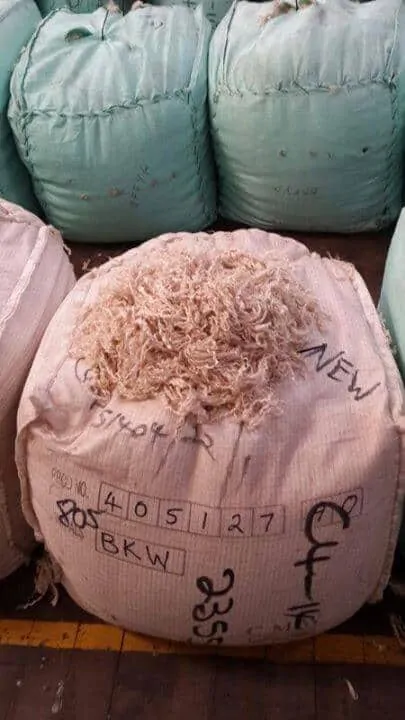
Mohair Patterns
Most Mohair fabrics you see are blue, charcoal or grey solids. Unlike other natural fibres Mohair takes dye colors exceptionally well, which is why Vitale Barberis Canonico offers Mohair in countless shades of colors. You will also find stripes on occasion but since the world production has shrunk by about 50% in the last 25 years, you will not find as many patterns and styles as in wool suitings.
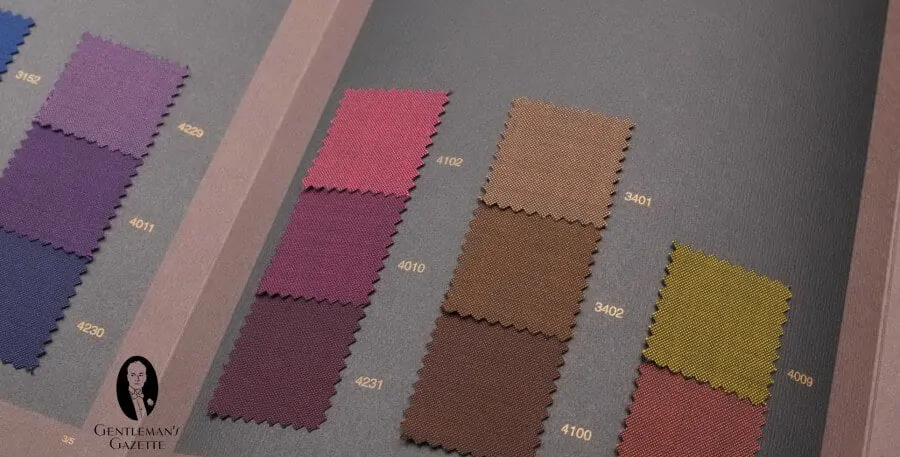
Mohair, Tuxedos & Tailcoats
If I could have just one mohair garment, it would be a mohair tuxedo. Because of its lustre and wrinkle resistance, black or midnight blue mohair is the very best fabric you can find for evening wear. No matter whether it is a tuxedo or tailcoat, rest assured you will cut a remarkable figure if you make the same choice.
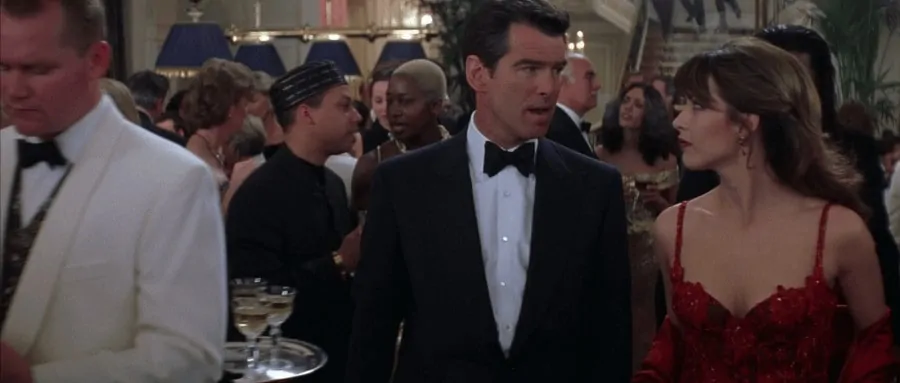
Other Ways To Wear Mohair
Apart from eveningwear, Mohair is also popular for hot climates. Unlike linen or cotton, it always looks crisp yet due to it’s light weight and open weave, it wears rather cool. While other thin fabrics in wool lack a decent drape that causes nightmares for the tailor and wrinkles for the wearer, a Mohair fabric will remain practically wrinkle free, drape well, and your tailor will thank you for this wonderfully draping material.
If you enjoyed this guide, you will also enjoy our guides on tweed, flannel and worsted.
Next time you have a suit tailored, make sure to inquire about Mohair fabrics so you can take a look at them. If you need a suit that can take a beating or if you want to stand out from the crowd in the evening, Mohair is your best best.
If you want to see a how a length of VBC Mohair fabric is transformed into a crisp looking jacket by A. Caraceni, watch the video below.
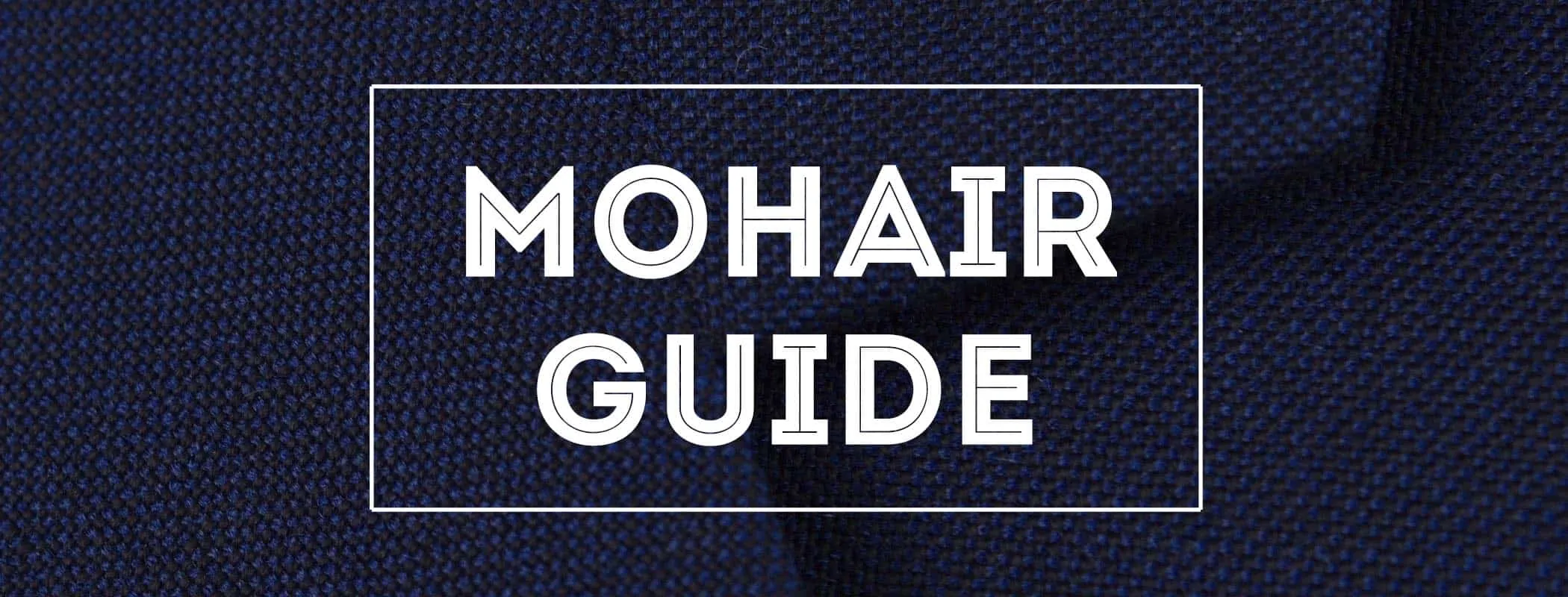
Dear Raphael ,
Thank you for this timely expose’ on the qualities of mohair ; it is rather timely for me .
At the moment I have my Italian tailor ( who knows me well past 35 years ) making me a mohair suit . I have gone for a Holland & Sherry fabric in the 14/86 ratio . On the first fitting it feels great and will surely finish well . The colour is a steel blue solid .
Regards
Mark
Excellent, please share pictures once it is complete.
Hello Raphael,
I really like these pieces on the different types fabrics; this and the recent piece on worsteds – very educational – thanks!
Happy Holidays,
Dave
Glad to hear that!
Thank you for the indeep article.
I discoverd the Mohair Fabric this year. My first experience was a trouser in grey fabric. It was a great choice.
Next I opted for a almost black sport suit for travel. I is fine with a great drape. Unfortunatelly the tailor assembled with lining. I was intending for warm climate and travel. Anyway it is a good asset in my wardrobe.
Later I go a cream trousers.
Now I am looking fror a light travel. I have available a the grey and the cream fabric. The choice is still open.
I have no Fresco fabric available but I guess that this mohair is a good alternative for light and sturdy travel jacket.
If you wish, I could share some pictures.
Cheers,
Waldemir
I have a 35% Mohair/65% Wool blazer, would I include this as part of my Spring wardrobe? Or will it get too hot?
Mohair wears cool generally, so it’s goof for spriong summer unless the weave is not open.